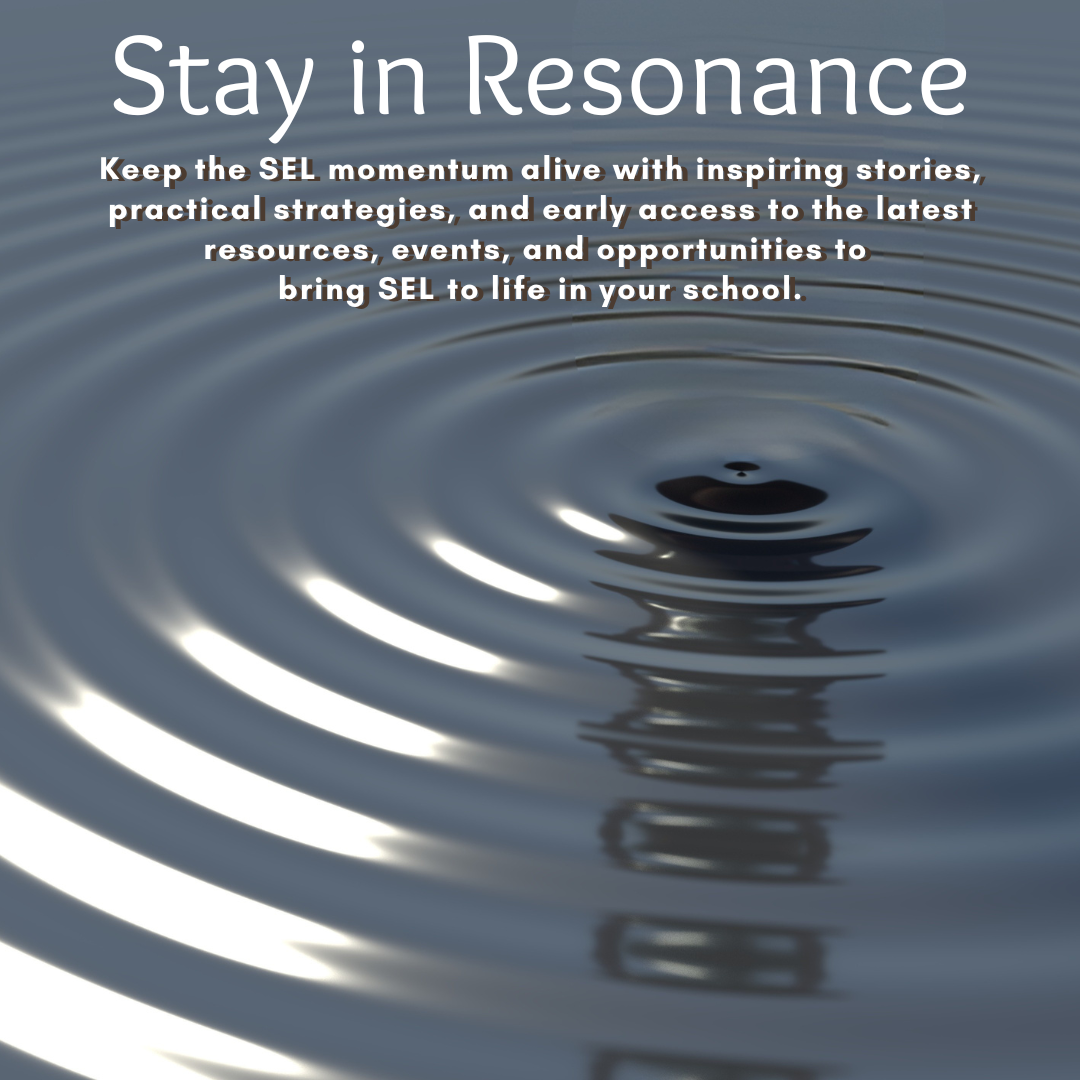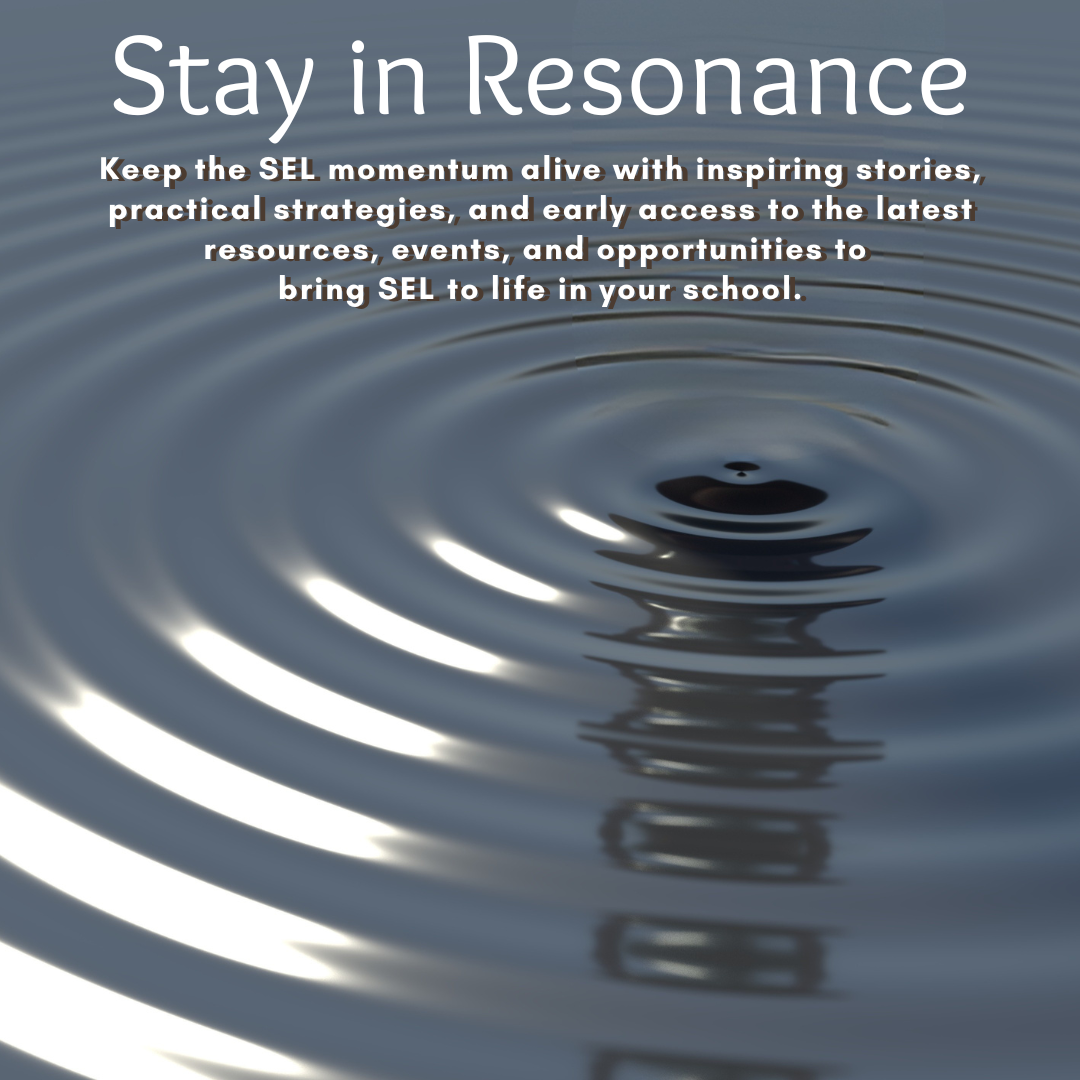000: Beyond Hugs and High-Fives
Sep 29, 2020
Last week, a district administrator shared a question a teacher asked: "So, how do I integrate SEL? Should I just hug the kids when they are upset? Should I high five them as they walk into the room?"
Over the last fourteen years working as a consultant on social emotional learning (SEL), I've been asked similar questions many times. The concept of SEL can seem very vague and obscure. What exactly does it look like and sound like in practice? How does an educator "do" SEL?
Social emotional learning is more than creating relationships with your students.
The Collaborative for Academic, Social, and Emotional Learning (CASEL) has identified five SEL competencies. The first two components, self-awareness and self-management, involve developing intrapersonal skills. By becoming aware of our emotions and strengths, we can build a more accurate self-perception and trust in our ability to achieve success. This allows us to manage our impulses and stressors better, thus becoming more motivated and disciplined to achieve our goals.
The following two SEL components focuses on the intrapersonal competencies of social awareness, relationship skills, . By growing our self-awareness and self-management skills, we expand our ability to become socially aware and build healthy relationships. As we understand others' perspectives and appreciate the uniqueness they contribute, we treat them with respect and demonstrate empathy for their journey. We engage socially using appropriate communication methods to build healthy relationships and sustain these relationships via teamwork, problem-solving, and conflict resolution. When our students feel emotionally and physically safe in our classrooms, they feel included, valued, and accepted.
The fifth competency, responsible decision-making, connects the first four. Making responsible decisions involves using critical thinking and problem-solving skills to analyze situations and identify solutions. It often requires evaluating different options. Responsible decision-making means considering the short-term and long-term outcomes of your choices and understanding how they affect yourself and others. Responsible decision-makers weigh the potential benefits and risks before acting and examine how our decisions align with personal and community values.
Moving Forward
- Educators must develop a full awareness and deep understanding of all five SEL competencies and ensure that all components are evident throughout the community. Your community should have a shared vision for social emotional learning. What specific skills and dispositions will students acquire to prepare them for success beyond graduation? What are the roles and expectations for staff and students in developing these SEL competencies? How will a common language and skill development be infused into all aspects of the physical environment, social interactions, curriculum, and instructional practices?
- Integrating SEL becomes who you are and what you do every day. The SEL competencies and skills should be the foundation of everything you think, say, and do. SEL integration becomes sustainable and part of your educational culture when this occurs. If we want our students to develop these five SEL skills, we must make a concerted effort to model what we want to see from students consistently. In doing this, we demonstrate that these competencies are developed over time, deepening in complexity and scope. This requires us to engage in the challenging and sometimes uncomfortable work of assessing our SEL strengths and growth areas. Since educators are life-long learners and youth mentors, SEL must become who we are and what we do daily. The competencies must remain at the forefront of our thoughts and behaviors each day, keeping in mind the goal is not perfection - the goal is transparency, authenticity, and growth.
- SEL is not a program. SEL is not a one-size-fits-all, "give me the strategies, and I'll do it" approach to learning. An SEL strategy that works authentically for one teacher may not work for another. The goal is to identify methods most aligned with your SEL strengths, students' needs, personality, and context. Once your learning system has a shared vision and a deep understanding of the five competencies, it becomes clear that there are many ways to integrate SEL!
When we understand that "doing" SEL goes beyond building relationships with students, we can begin to ensure that all SEL is integrated throughout our teaching and learning environments. We pay particular attention to ensuring the five competencies are reflected in our social interactions with students and colleagues, visually displayed throughout our schools and classrooms, woven into all content areas within the curriculum, and explicitly integrated into instruction via debriefing social interactions and creating purposeful partnerships.
By making a personal commitment to authentically and transparently growing in the five competencies, SEL becomes part of who we are and what we do. Social emotional learning becomes a comprehensive and sustainable part of the culture of our educational communities.
How do you ensure that social emotional learning is integral to your physical environment, social interactions with students, instructional practices, and curriculum?


